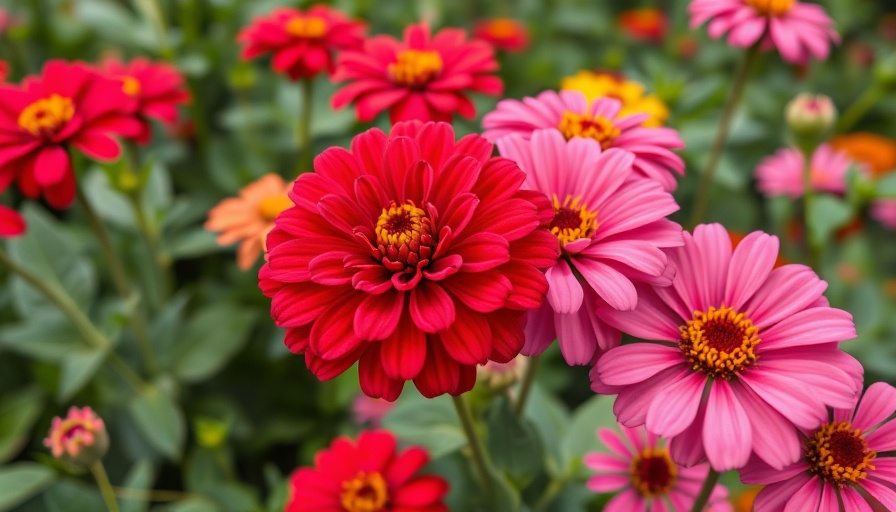
Creating Your Dream Flower Oasis: The Basics of a Cut Flower Garden
If you ever wished to pluck a bouquet right outside your door or gift loved ones with beautiful blooms, starting a cut flower garden is not only rewarding but also a fulfilling endeavor. Picture this: after a long day, you step outside, gather a handful of vibrant flowers, and translate your passion for gardening into fragrant arrangements adorning your home. With the right guidance, you can transform any corner of your yard into a flourishing haven of color and scent.
Choosing Your Blooms Wisely
The journey begins with selecting the perfect flowers. Lisa Mason Ziegler, a seasoned cut flower gardener, advises creating a dream list of flowers that thrive in your climate zone. Warm-season annuals like sunflowers and zinnias flourish in the summer sun, while cool-season hardy annuals like snapdragons and pansies bloom beautifully in cooler temperatures. Starting with a handful of varied flowers can mitigate overwhelming beginnings, allowing budding gardeners to focus on growing a few types in abundance.
The Essential Planting Timeline
Timing is everything when it comes to planting cut flowers. Flowers should be sown based on whether they are warm or cool-season varieties to ensure a thriving garden. Lisa reminds us that planting too early or out of season can lead to disappointing results, such as poor germination and susceptibility to pests. As you map out your planting calendar, be mindful of your local weather patterns, adjusting your schedule to secure a vibrant bloom.
Crafting the Ideal Garden Layout
Beyond choosing flowers, consider your garden design. The location and size of your flowering bed can impact growth significantly. Ideally, your garden should receive ample sunlight and be accessible for regular maintenance. Raised garden beds, for instance, not only improve drainage but can also help deter pests. Plan for pathways to allow easy access to your blossoming treasures without trampling on delicate plants.
Utilizing Practical Tips for Cuts and Care
Proper care is paramount for a flourishing cut flower garden. Regular watering, organic fertilization, and using compost can nurture robust flower growth. It's also essential to look out for pests, as they can threaten the health of your blooms. Incorporating companion planting can naturally deter pests while fostering a diverse ecosystem in your garden.
Understanding Seasonal Changes and Adaptations
Seasons greatly influence the types of flowers you can grow, and understanding your local climate can enhance your gardening experience. Warmer climates may offer opportunities for year-round blooms, while colder regions may require seasonal adaptations. Learning about frost protection and freeze dates can safeguard your beloved plants during transitional periods.
Expanding Your Garden Skills
As you cultivate your cut flower garden, dive into resources like Lisa Mason Ziegler's handbook, which provides comprehensive details on flower selection, planting, and maintenance. Engaging with local gardening communities can also offer invaluable support and inspiration as you navigate your journey into the world of flowers.
In conclusion, embarking on the journey of designing a cut flower garden allows you to create a vibrant space that nourishes both nature and soul. With thoughtful planning, a commitment to care, and a continued exploration of gardening techniques, your garden can bring joy for years to come.
 Add Row
Add Row  Add
Add 




Write A Comment